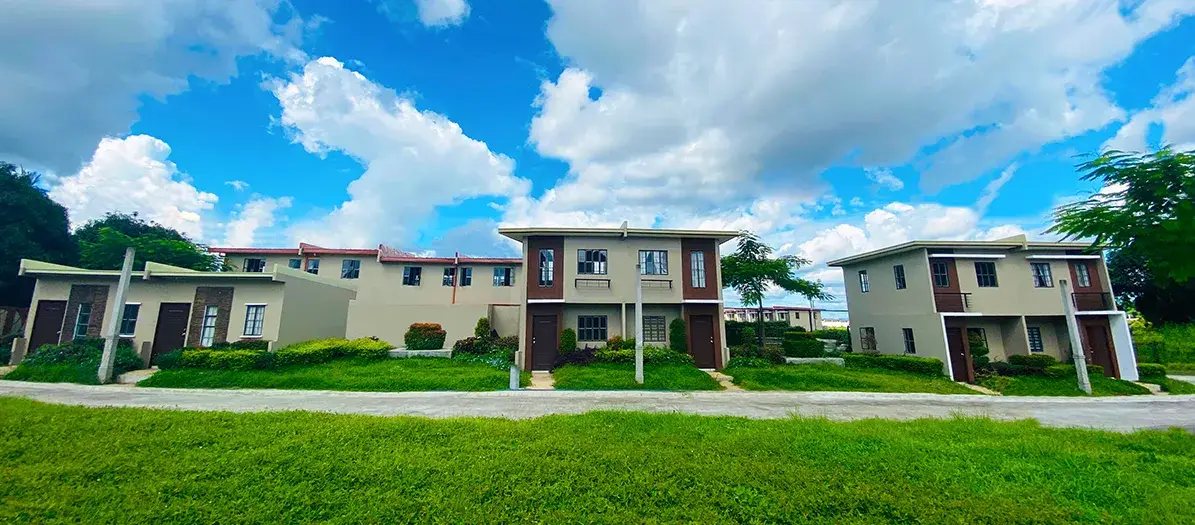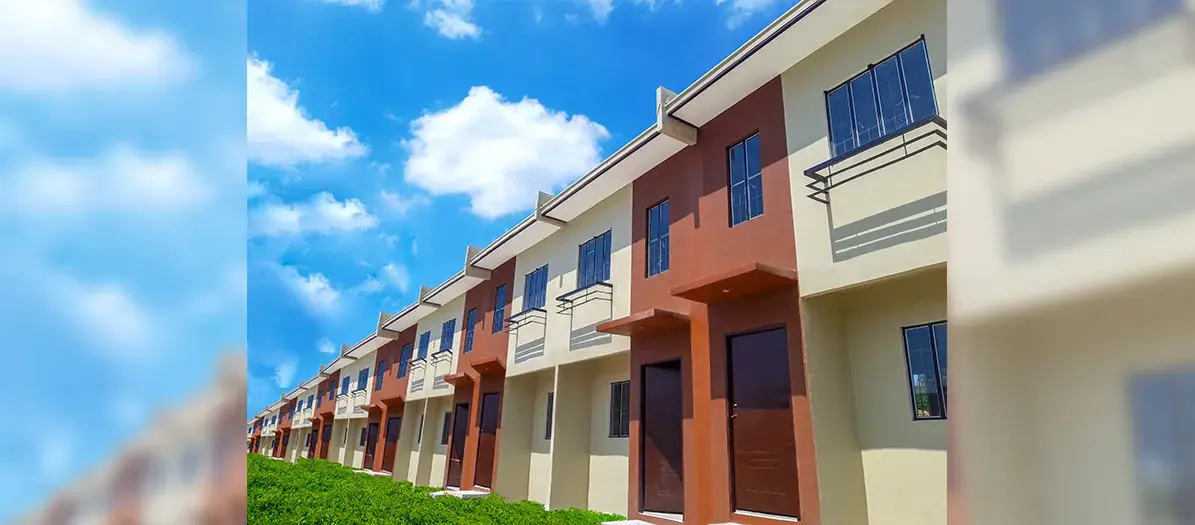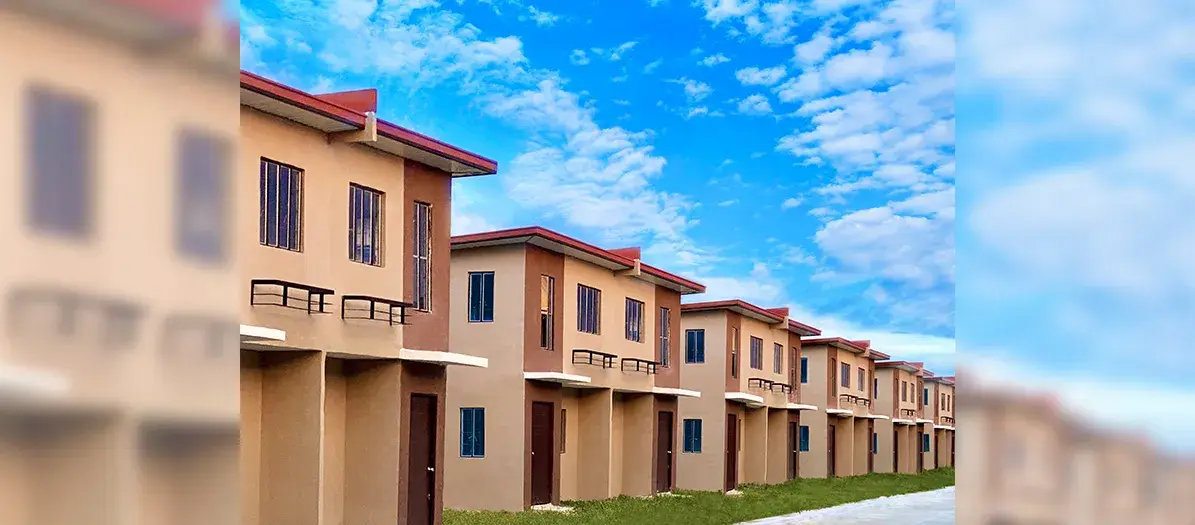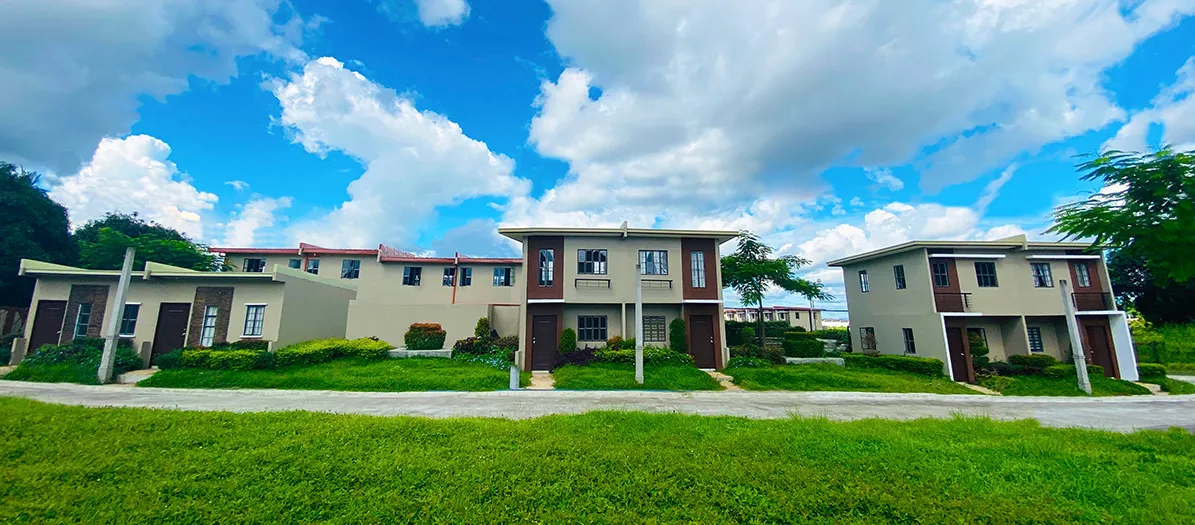Philippines' Air Quality Index AQI Rose 3x Higher Than the Safe Level
30 April 2023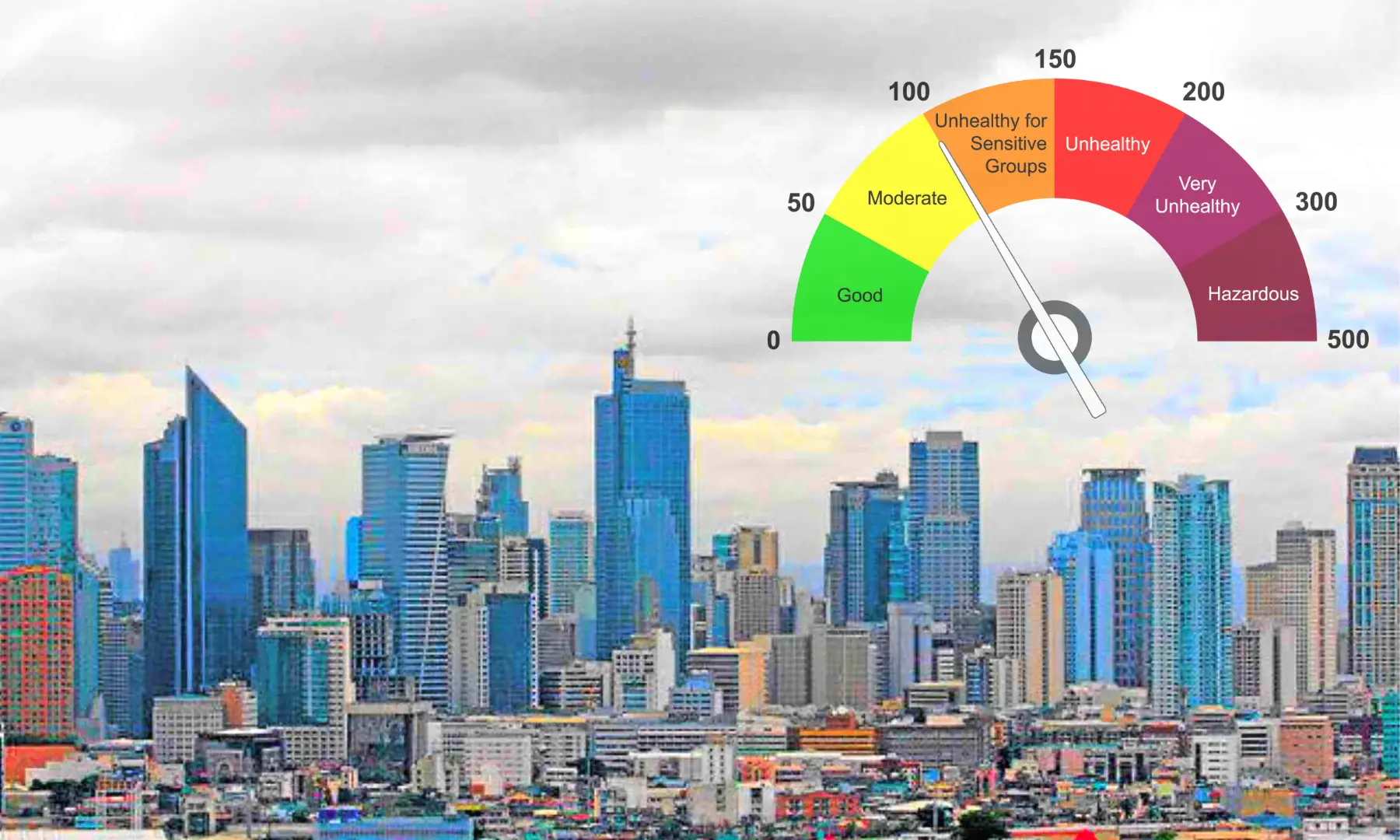
Breathing unpolluted air is crucial for our overall health and well-being. Poor air quality can cause a range of health problems, from minor irritations like coughing and throat irritation to more serious respiratory issues like asthma and lung cancer. Long-term exposure to polluted air has also been associated to heart disease, stroke, and other chronic health conditions.
Therefore, it is imperative to live in an environment with unpolluted air. This can be achieved through individual and collective efforts such as reducing the use of fossil fuels, supporting sustainable transportation, and promoting environmentally conscious behaviors. By taking steps to avoid breathing polluted air as much as we can, we can create healthier and more sustainable communities for ourselves and for future generations.
And one thing that you can actually do to lean towards healthy living is opting for the suburbs. Living in the suburbs in the Philippines has its advantages, including more affordable housing, a quieter environment, fresher air, and more space. In fact, Lumina Homes have strategically built communities where you have access to affordable house and lot properties as an investment. Hence, if you are aiming to settle down away from the bustling city, we have plenty of options for you.
What is the Air Quality Index (AQI)?
The Air Quality Index (AQI) is a numerical scale used to measure and report the level of air pollution in a specific area. It is designed to provide information about the level of cleanliness or how polluted the air is and how it can affect people's health. AQI takes into account several major air pollutants such as ground-level ozone, particulate matter, carbon monoxide, sulfur dioxide, and nitrogen dioxide, which can cause respiratory and other health problems.
AQI typically ranges from 0 to 500, with higher values indicating more severe air pollution and higher health risks. The index is used by government agencies, such as the Environmental Protection Agency (EPA), to inform the public about air quality conditions and to issue alerts or advisories when air quality is poor.
The use of AQI has become increasingly important as air pollution continues to be a global issue, affecting the health and well-being of millions of people. By tracking and reporting air quality through the AQI, individuals, and communities can take steps to protect themselves and improve air quality in their area.
How Does the Air Quality Index Work?
You can consider the AQI as a measuring tool that ranges from 0 to 500. The AQI value indicates the level of air pollution, and the higher the air quality data and value, the greater the health risk. For instance, an AQI value of 50 or below represents good air quality, while a value exceeding 300 signifies hazardous air quality. In other words, the AQI acts as a yardstick to measure the quality of the air, with higher values indicating increasing levels of air pollution and health concerns.
The Air Quality Index (AQI) is a tool that measures and reports the level of air pollution in a specific area and is divided into six categories. It uses a numerical scale that ranges from 0 to 500 and is divided into color-coded categories, each indicating a different level of air quality.
Green Good [0 to 50]: The air quality is satisfactory and air pollution poses little to no chance of risk.
Yellow Moderate [51 to 100]: The air quality is acceptable, but sensitive individuals may be at risk.
Orange or Unhealthy for Sensitive Groups [101 to 150]: There are sensitive groups that may experience health effects.
Red Unhealthy (151 to 200): It is possible that certain individuals in the wider community could encounter health consequences.
Purple Very Unhealthy (201 to 300): There is an increased risk of health effects for everyone.
Maroon Hazardous (301 and higher): there is a health warning of emergency conditions, and everyone is at risk.
It's important to keep track of the AQI and take appropriate steps to safeguard our health and the environment during times of poor air quality.
Manila's 2022 Air Quality Index (AQI)
According to the 2022 World Air Quality report by IQAir airvisual in December, the average air quality in Manila was classified as "Good" according to the World Health Organization's recommendations. The average US AQI was 25, with a PM2.5 concentration of 6.1 µg/m³. In 2019, the average for Metro Manila was 18.2 US AQI, which made it the 5th most polluted city in the Philippines. The PM2.5 reading of 18.2 µg/m³ classified it as "Moderate" (12.1-35.4 µg/m³).
Compared to other places and countries mostly in the Asian region, the Philippines is still one of the most ideal locations where the AQI value is good for settling in. Besides, there are thousands of magnificent locations here in the country blessed with natural resources.
The Five Major Pollutants
The Environmental Protection Agency or EPA in the United States of America is responsible for establishing an Air Quality Index (AQI) that assesses the levels of 5 critical air pollutants regulated by the Clean Air Act. It also sets the national air quality standards. Each of these pollutants is associated with a national air quality standard, also established by the EPA, designed to protect public health. The pollutants include:
Ground-level Ozone
Particle Pollution (including PM2.5 and PM10)
Carbon Monoxide
Sulfur Dioxide
Nitrogen Dioxide
Through careful monitoring and regulation of these pollutants, the EPA seeks to ensure that air quality standards are met, and human health is protected. The AQI serves as a critical instrument for evaluating air quality conditions and issuing advisories or warnings in the event of poor air quality.
The Causes of Bad Air Quality
Air pollution can arise from both natural and human-made sources. Natural sources comprise dust, dirt, sand carried by wind or kicked up, volcanic smoke, and burning materials. However, man-made sources, which are attributed to human activities, are the primary cause of air pollution in cities and can be more readily influenced by regulations. These sources mainly include various forms of combustion, such as those from gas-powered modes of transportation (such as planes, trains, and automobiles) and industrial enterprises (such as power plants, refineries, and factories), biomass burning (which involves burning plant matter or coal for energy, heating, and cooking), and agricultural practices.
The extent to which air pollution affects the air quality of a particular location depends largely on the city's location and regulations. It is important to note that different locations have unique combinations of pollution sources and pollutants. These sources are typically classified into five categories: industry, agriculture, transport, natural sources, and household. Each category of sources has its own impact on air quality, and it is important to identify the primary sources of pollution in a particular location to mitigate its effects. In addition to these categories, wildfires and open burning can also contribute significantly to air pollution in some areas.
The Danger of Air Pollution
Air pollution is a term that is used to describe a variety of substances present in the air that can be harmful to human health and the environment. Exposure to air pollution has been associated to diverse adverse health effects, including respiratory problems, heart disease, stroke, and even cancer. These health risks are particularly significant for people with pre-existing health issues and conditions such as asthma, heart disease, or diabetes.
The World Health Organization (WHO) has identified air pollution as the largest environmental health risk facing the world today. According to WHO estimates, air pollution contributes to seven million premature deaths every year, making it among the leading causes of death worldwide. Shockingly, 600,000 children under the age of 15 die from air pollution each year. This highlights the urgent need to take action to reduce air pollution levels and protect public health.
Truly, securing your family's health condition in looking for a house and lot in the Philippines can be a challenge. But with Lumina Homes' continued effort to offer an affordable house and lot for sale to every Filipino family, you can now choose among plenty of communities away from the metro to be your real estate investment. If you're interested to know more, reach out to one of our accredited sellers to get your search for an affordable house and lot in the Philippines started!
Recommended Properties
What's New
Loan Calculator
Try Lumina Homes' loan calculator and get an estimate computation for your preferred Lumina property and home model.

